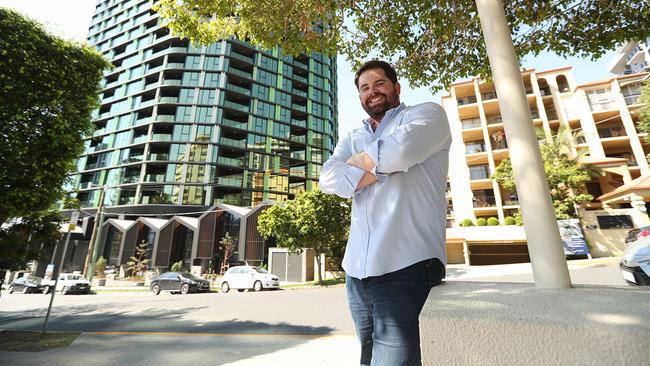Brisbane’s numbers add up for investor rebound
Brisbane is emerging as a strong option for investment thanks to steady price growth and low rental vacancy rates.

Brisbane is emerging as a strong option for investment as steady price growth and decade-low rental vacancy rates bolster the city’s prospects.
The city has long proved more affordable than its southern counterparts, and has experienced a significantly more conservative downturn than Sydney and Melbourne. With the market now in growth mode, Brisbane is well placed for a stable increase in the short to medium term.
At the same time, the number of homes available to rent in Brisbane has fallen to 11-year lows. The Real Estate Institute of Queensland’s latest Rental Vacancy Report, released earlier this week, shows the market has tightened more than a full percentage point over the quarter, finishing at 1.6 per cent. It is the first time this year the market has fallen below 2.5 per cent to be classified as tight.
Place Advisory’s latest research report examining the east coast markets suggests the fundamentals are right for growth. Report author Lachlan Walker said Place Advisory was expecting price growth of 6-7 per cent over the next two years.
“We’ve obviously gone through a big development cycle in the last few years. On the back of that, and the finance world changing the rules (around lending), new supply has effectively stopped in Brisbane,” Mr Walker said “This puts us in a really strong position where demand is going to be a lot better with very little supply, which is why we are confident we will see that growth.
“We haven’t seen a lot of growth in the last seven, eight years. We’re in a position now to see a bit of catch-up being made over the next two years.”
Brisbane yields are on the rise. Place Advisory showed yields in the city are sitting at 5.3 per cent, while Sydney and Melbourne recorded less than 4 per cent. Strong interstate migration, particularly to southeast Queensland, has helped drive demand. Weekly rents in the city in the June quarter were up 1.2 per cent annually for a three-bedroom house and 3 per cent for three-bedroom units.
REIQ boss Antonia Mercorella said yield and price factors, combined with the fact a significant portion (about 34 per cent) of Queenslanders rent, offered a clear investment advantage.
Place’s Mr Walker admitted investors were still feeling the hangover from the absorbed apartment glut that hit the city in 2016, with negative sentiment affecting sales volumes.
Kurt Allison is not one of those investors. He is currently searching for an apartment as an investment in the inner-Brisbane suburb of Kangaroo Point.
“I just saw a bit more volatility in the stockmarket versus property,” he said. “Being able to use that money to purchase a property which would almost have a positive return on investment in a short time was more my reasoning, rather than having that cash kind of sit there in a term deposit.”




To join the conversation, please log in. Don't have an account? Register
Join the conversation, you are commenting as Logout